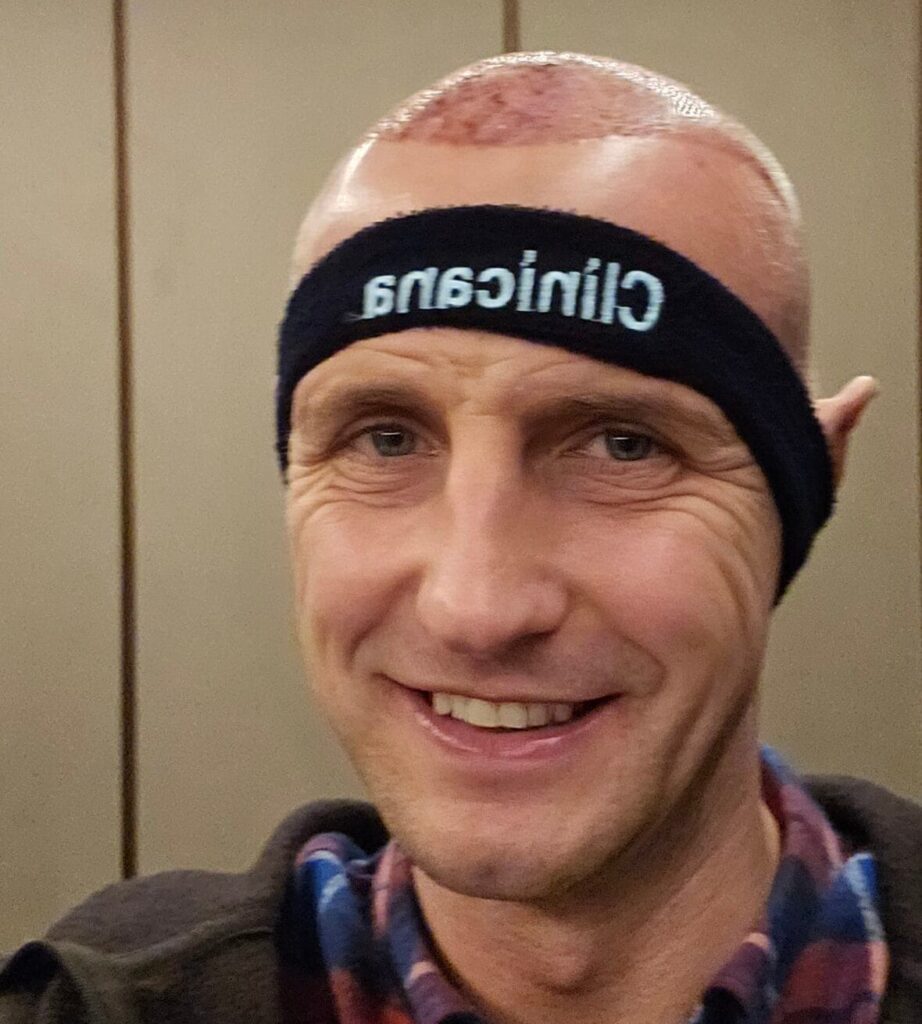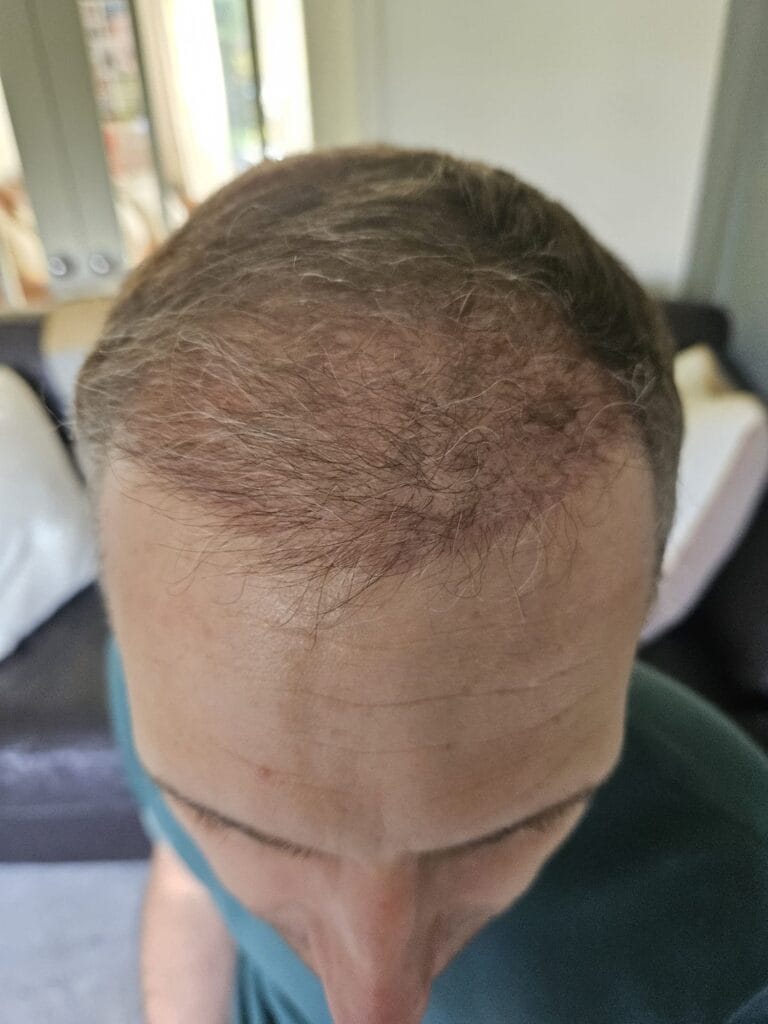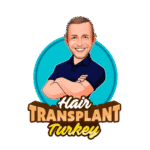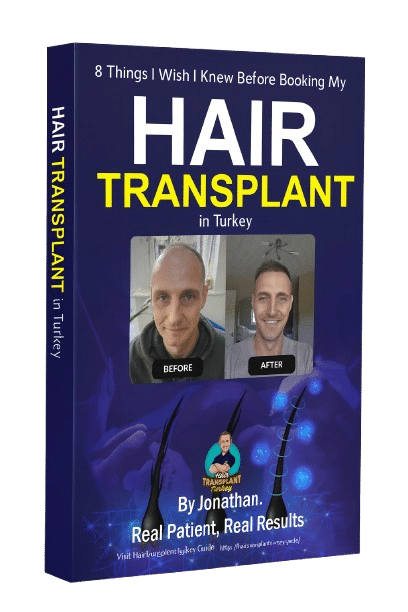If you’ve landed here, you’re probably seriously considering a hair transplant in Turkey — and you’re hoping to make a confident, well-informed decision. I’m Jonathan, and in January 2025 I flew to Istanbul and underwent my own hair transplant at the clinic Clinicana. I’m absolutely delighted with the results, and this guide combines my personal journey with verified expert and industry information so you can go into the process with realistic expectations and clarity.
Free resource alert: Don’t forget to grab my free guide “8 Things I Wish I Knew Before Booking My Hair Transplant in Turkey” — I’ll mention it a few times along the way.
1. Why Turkey Is Such a Big Deal for Hair Transplants in 2025
The global picture
Turkey has become one of the world’s major hubs for hair-restoration tourism. According to a recent analysis, its hair-transplant market is worth billions and accounts for a large share of global procedures. hims+2PubMed+2
Key advantages
- Cost: You’ll frequently see headline figures showing procedures in Turkey cost a fraction of comparable ones in the UK/EU/US. Medical Tourism Co.+1
- Volume & experience: Because so many patients travel there, many clinics (including Clinicana) treat international clients regularly and are accustomed to the full process (consultation, surgery, hotel, transfer, follow-up).
- All-in-one packages: Many clinics offer packages with transfers, hotel stay, after-care included — which simplifies things for the overseas patient.
But… the caveats
A few recent reports warn that the global fascination also brings risks. For example, the American Board of Cosmetic Surgery (ABCS) recently published a piece about hair restoration in Turkey emphasising that cost alone is not enough — you must check credentials, follow-up and safety standards. ABCS Another recent piece highlighted that while Turkey may be safe in many cases, the rapid growth of the market means some clinics may not adhere to international standards. Canadian Hair Transplant Centre+1
My takeaway
When I picked Turkey, I knew I was choosing value and the need to do serious homework. I saw the allure, but I also knew the quality mattered. I want you to feel that same balance of excitement and caution.
2. How Hair Transplants Actually Work (So You Know What You’re Getting Into)
What is a hair transplant?
In simple terms: a hair transplant is a surgical procedure that moves hair-bearing follicles (units) from a donor area (typically the back or sides of your head) to an area of thinning or baldness. Mayo Clinic News Network+1
Key techniques
- FUE (Follicular Unit Extraction): Individual follicular units are extracted one by one and then implanted. It avoids a linear scar at the back of the head. NCBI+1
- DHI (Direct Hair Implantation): A variation where grafts are implanted directly with a specialised pen-like tool (sometimes less time outside the body).
- The clinic I used (Clinicana) offered both — I chose FUE with them after consultation.
Who is a suitable candidate?
According to the NCBI-StatPearls overview: ideal candidates are those with healthy donor area hair, realistic expectations, and stable hair-loss pattern. NCBI If you’re very young with active hair loss, it may be wise to stabilise your hair loss medically before transplant.
My personal process
When I first met my surgeon at Clinicana, he did a full donor-area assessment, drew my new hairline (I was involved in that discussion), and explained how many grafts I’d need. I had been putting off the decision for years because I didn’t feel fully informed — finally booking the procedure was a big step.
3. My Journey: From Deciding to Booking to Recovery (First-Person)
3.1 The decision phase
I’d delayed for years. Why? A mixture of cost, fear of results, and not having enough information. Once I started digging into surgeries abroad, I found so many marketing-heavy messages and fewer real personal stories — that made me wary. So I decided: if I’m going to do it, I’ll document everything and choose a clinic that checks all boxes.

3.2 Choosing Clinicana
Here’s what sold me:
- The clinic is hospital-based (not just a random apartment clinic) and has strong reviews for international patients.
- They provided an all-inclusive quote (surgery + hotel + transfers + after-care) so I could budget properly.
- I felt comfortable that I was not being upsold on mega-graft “packages” without proper assessment. (And yes – I read warnings about such packages from ABCS. ABCS )
- The facility and staff spoke good English, which was important for me.
3.3 Arrival & surgery day
I landed in Istanbul and was met at the airport. The first day: consultation, blood tests, hairline design. Surgery day: about 7 hours on the table (extraction then implantation), local anaesthetic throughout, little discomfort aside from underlying noise and some sensations. My team was attentive — breaks were offered, I felt informed at each stage.
3.4 What it felt like
Post-surgery I felt a mix of amazement (“I’m doing this”) and anxiety (“will it look natural?”). The next few days: red spots, sensation of “tightness”, some swelling around my forehead. But nothing beyond what I expected. I slept propped up first couple of nights as recommended.
3.5 Follow-up & after-care
Clinicana included the first wash in-clinic, plus WhatsApp support for my return home. I received instructions: avoid sport for a week, follow a gentle washing protocol, avoid sun, avoid touching/transplant area too much. I committed to the after-care plan and it paid off.
Free Guide Reminder
Remember: grab my free guide “8 Things I Wish I Knew Before Booking My Hair Transplant in Turkey” to access real-world tips (e.g., when to travel, packing checklist, how to sleep post-op, what questions to ask your surgeon).
4. Cost and Value: How to Interpret Price in Turkey (2025 Updates)
What I paid and why it felt fair
I opted for a mid-tier package at Clinicana (not the cheapest “mega graft” deal) because I was after quality rather than bargain. The quote covered: surgery, hotel for 2 nights, transfers, first wash, medication post-op. For me this was a smart investment.
Value vs risk
Yes the cost is lower — but the real value comes from credible surgeon, hospital facility, after-care, ability to ask questions, and realistic expectations. Some of the warnings from the ABCS and other sources revolve around overly cheap deals with little oversight. Hair Restoration Pittsburgh+1
My advice
Treat cost as one factor. Ask: what’s included? How many grafts? Who is doing the surgery? What follow-up do I get when I’m back in the UK? If something sounds too cheap — dig deeper.
5. Results, Recovery Timeline & What You Should Expect
Timeline of what happened to me
Day 0–3: extraction/implantation was done. I had red micro-scabs, slightly tight scalp, minimal pain (just paracetamol).
Day 4–10: scabs begin to fall off, gentle washing begins, avoiding scratching.
Month 1–2: Much of the transplanted hair shed (this is normal).

Month 3–4: Early regrowth visible. I remember looking in the mirror and saying “Hey, I can see hairs starting” — subtle but motivating.
Month 7–12: Full density forming, new hair soft and growing. At around 9 months I could style with more confidence; by 12 months I felt the result reflected me.
Beyond 12 months: My plan is to keep monitoring, use good hair-care, and maintain realistic expectations (hair will age like natural hair).
What the research says
- According to the Mayo Clinic, transplanted hair is intended to be permanent. WebMD+1
- According to StatPearls/NCBI: ideal candidates and stable donor area are key. NCBI
- One study notes that while many procedures are successful, some result in complications if donor area is over-harvested or technique is poor. The Youth Fountain+1
My personal result
I’m now 7 months post-op and I’m ahead of where I thought I’d be. My hairline looks natural, the density is believable, people ask “Did you cut your hair?” rather than “Did you get something done?” — which to me is exactly the result I wanted. My emotional takeaway: the confidence boost has been real.
6. How to Choose the Right Clinic in Turkey (2025 Checklist)
Here’s the checklist that I used — you should too. (And yes, it’s part of what’s expanded in the free guide.)
✅ Clinic credibility
- Is the clinic hospital-based or part of a full medical facility?
- Is the surgeon’s credential verifiable?
- Does the clinic follow international hygiene, safety standards? (Check Turkish Ministry of Health registration, ISO certifications). estemedicalgroup.com+1
✅ Transparency
- How many grafts are included?
- Are before/after photos real? (Look for multiple angles, consistent lighting). ABCS warns of over-enhanced marketing. ABCS
- Ask: What’s included in the price? Hotel? Transfers? After-care?
✅ Post-operative support
- What happens when you’re back home? Will the clinic answer questions remotely?
- Is there any guarantee (even partial) for graft survival?
- Consider medical travel insurance tailored for hair transplant. Some clinics or independent policies provide this. Dr Serkan Aygin Clinic
✅ Your readiness
- Is your hair-loss stable (or at least assessed for stability)?
- Do you have a realistic expectation of what a hair transplant can and cannot do? (It cannot stop future hair-loss unless combined with medical therapy).
- Are you prepared for travel, disruption, recovery?
My decision logic
I asked myself: “Would I still be happy if I had to come back for a touch-up later?” That mindset helped me choose a realistic and dependable clinic (Clinicana). I considered cost, yes—but quality came first.
7. Frequently Asked Questions (and Honest Answers)
Here are some of the questions I had — and how I answer them now.
Q: Is it safe to get a hair transplant in Turkey?
A: Yes — with the right clinic. Many clinics are excellent and follow international standards. But because the market is large and some clinics don’t follow the same oversight, you must do your homework. Smile Hair Clinic+1
Q: Does it hurt?
A: On the day, you’ll have local anaesthetic so you shouldn’t feel sharp pain during extraction/implantation. Afterward there is discomfort (tightness, minor soreness) but manageable. I took a day off work and rested.
Q: When will I see results?
A: Expect the initial days/weeks of healing, then shedding, then regrowth from around month 3–4, and the full result around 9–12 months. I’m 7 months in and very happy with progress.
Q: What will it cost me?
A: In Turkey for 2025, many all-inclusive FUE packages fall in the €1,800–€3,000 bracket (depending on grafts, hotel, transfers). Compare that to much higher costs in the UK/EU. (But cost is not everything.) Medical Tourism Co.
Q: What if I’m not happy with the result?
A: Choose a clinic with clear after-care policy. Understand that perfection is not realistic — you’re improving your hairline, not completely rewinding every genetic effect. I also recommend my free guide because it covers this expectation piece.
8. Eight Things I Wish I Knew Before Booking (Sneak Peek from the Free Guide)
Here’s a taste of my “8 things” guide — you’ll get full detail when you download it:
- Don’t pick solely on price – ask exactly what’s included.
- Sleep and travel plans matter – recovery day needs rest.
- Ask WHO will do the actual surgery (the surgeon vs technician).
- Donor area matters – ask to see similar donor-cases from the clinic.
- Expect shedding – understand the timeline so you’re not panicking.
- After-care counts – plan for it, not just the surgery day.
- Future hair loss – remember you might still lose native hairs; the transplant is a restoration of what’s lost now, not a cure of future loss.
- Documentation – take clear before photos, get written details of the graft count, get contact/WhatsApp access.
When you’ve downloaded the guide, you’ll be fully equipped for the booking step.
9. Final Thoughts
If you’re reading this, you’re likely debating whether to go ahead with a hair transplant in Turkey. My advice: treat it as a smart investment in yourself, not just a bargain. Turkey offers enormous value — but the clincher is choosing the right clinic, confirming credentials, preparing well, and committing to after-care.
For me, the decision to go to Clinicana in Istanbul in January 2025 was one of the best I’ve made. The results so far, the boost in confidence, the experience: all exceeded what I expected.
Your path will be your own, but I hope this guide gives you the clarity, knowledge and confidence you need. And if you haven’t yet, don’t forget to grab “8 Things I Wish I Knew Before Booking My Hair Transplant in Turkey” — it’ll save you time, money and uncertainty.
If you like, I can also provide photo timelines, video walkthroughs of my recovery, or clinic-comparison worksheets to help you shop smart. Just say the word.



 Continue with Google
Continue with Google